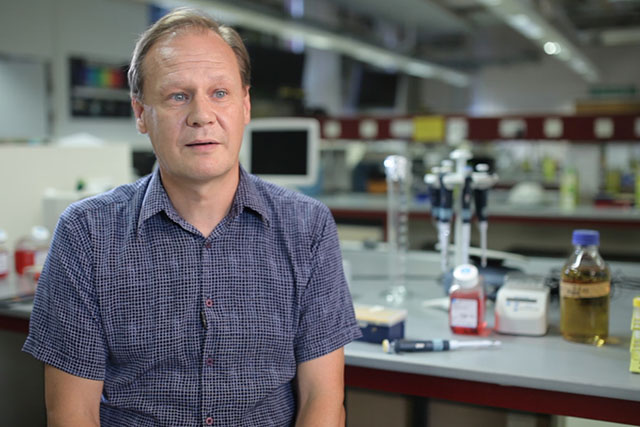Genomics of Long-lived Mammals
Biologist Vadim Gladyshev on UCP1, p16 proteins, the Brandt’s bat and the naked mole rat phenomenon
videos | February 5, 2014
How can we track natural changes during lifespan? What is the nature of the aging process? Professor of Medicine in the Department of Medicine at Harvard Medical School Vadim Gladyshev explains the methods by which genomic features responsible for longevity can be found.
We are very interested in the aging of mammals, because humans are mammals, but also because mammals represent excellent experimental systems to study aging. Consider this: mammals differ more that hundredfold in lifespan, we compare short-lived and long-lived [animals], like a shrew which is short-lived and and a whale which is a long-lived mammal. They differ more that one hundred million-fold in body mass. And if we consider how this changes across the evolutionary tree, branches of life, then it’s very clear that nature has been adjusting lifespan all the time. When it’s needed – lifespan is decreased, like for example in mice and rats, when it’s needed it may be increased, for example, like in humans. So this process is reversible.
This area is not very well-explored, and it’s really just in the beginning of its analysis. And our approach to this has been to understand the genomics of long-lived organisms. The first organism we’ve been becoming interested in is called a ‘naked mole rat’. It’s a small rodent which lives in Africa, in the area of Ethiopia, and it lives underground. It’s of the size of a mouse, but lives ten times longer, about 30 years. It’s quite remarkable how it could have adapted to live that long. Of course, it lives underground, it doesn’t have enemies, the environment is quite stable and so on. But it has so many unique features besides longevity: it doesn’t feel certain types of pain, for example, if you drop an acid on the skin of that animal it doesn’t feel pain. It doesn’t control body temperature – it’s actually the only mammal known [to us] which goes with the ambient temperature.
We are interested in finding common features of various mammals. We think that some of the strategies in mammals – strategies to extend lifespan – are common. It seems that some of the strategies involve central metabolism, it seems that the rate of metabolism decreases with increasing lifespan. But this is probably one feature. And we are interested in identifying other common features. To understand that we have to characterize many long-lived organisms.






























